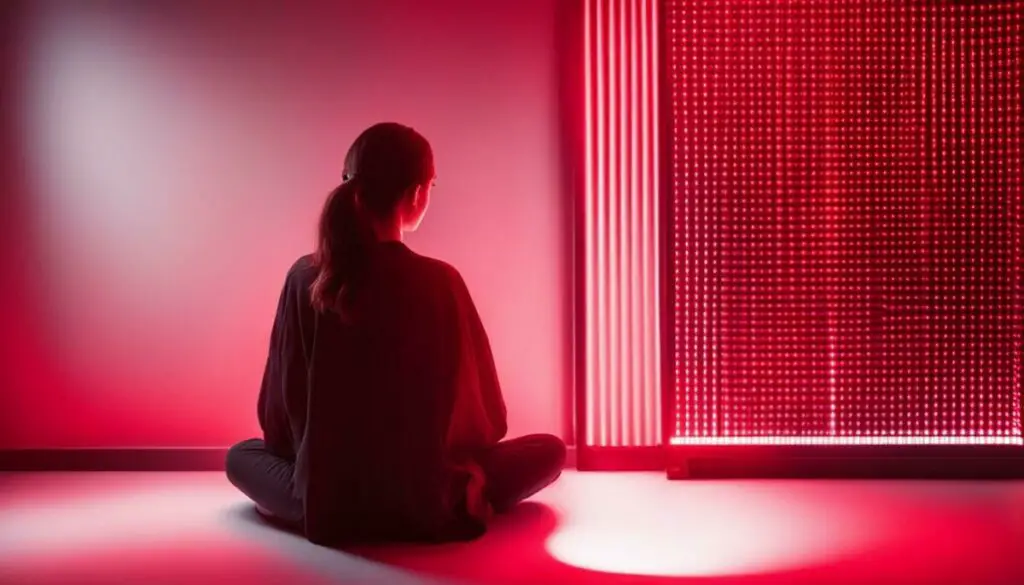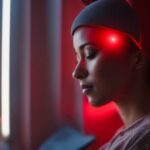Light therapy is a non-invasive treatment that uses specific wavelengths of light to alleviate skin conditions such as acne. It works by killing acne-causing bacteria, reducing inflammation, and stimulating the healing process. However, there are various types of light therapy available, each with different wavelengths and benefits. In this article, we will explore the best types of light therapy for acne to help you make an informed decision.
Contents
Understanding Acne
Acne is a common skin condition that affects millions of people worldwide. It occurs when the hair follicles become clogged with oil and dead skin cells, leading to the formation of pimples, blackheads, and whiteheads. Acne can occur on any part of the body, but it is most commonly found on the face, back, and chest. The condition can be mild, moderate, or severe, and it can have a significant impact on a person’s self-esteem and quality of life.
The Role of Light Therapy in Acne Treatment
Light therapy is a non-invasive treatment that uses specific wavelengths of light to target various skin conditions, including acne. The therapy works by killing the bacteria that cause acne, reducing inflammation, and promoting healing. There are several types of light therapy available for acne treatment, each with its unique benefits and limitations.
Blue Light Therapy
Blue light therapy is one of the most common types of light therapy used to treat acne. The therapy works by targeting the bacteria that cause acne, reducing inflammation, and promoting healing. Blue light therapy is safe, painless, and non-invasive. It is also an effective treatment option for people with mild to moderate acne. However, it may not be effective for severe acne cases.
Red Light Therapy
Red light therapy is another type of light therapy that is commonly used to treat acne. The therapy works by reducing inflammation and promoting healing. Red light therapy can also help to improve skin texture and reduce the appearance of scars. It is a safe and painless treatment option that is suitable for all skin types.
Combination Light Therapy
Combination light therapy is a treatment that combines blue and red light therapy to target both the bacteria that cause acne and the inflammation associated with the condition. The therapy is safe, painless, and non-invasive. Combination light therapy is an effective treatment option for people with moderate to severe acne.
Other Light Therapies
Other types of light therapy, such as green light therapy and yellow light therapy, have also been used to treat acne. However, these therapies are not as widely used as blue and red light therapy, and their effectiveness in treating acne is not as well established.
The Benefits and Limitations of Light Therapy for Acne
Light therapy is an effective treatment option for people with mild to moderate acne. It is safe, painless, and non-invasive. Light therapy can also help to improve skin texture and reduce the appearance of scars. However, light therapy may not be effective for severe acne cases, and it may not work for everyone. Additionally, light therapy can be expensive, and it typically requires multiple treatment sessions to achieve the desired results.
Key Takeaway: Light therapy is a non-invasive and effective treatment option for people with mild to moderate acne. Blue light therapy targets bacteria, reduces inflammation, and promotes healing, while red light therapy reduces inflammation, improves skin texture, and reduces scars. Combination light therapy combines blue and red light therapy to target both bacteria and inflammation. However, light therapy may not work for everyone, and it can be expensive while requiring multiple sessions to achieve desired results. Other acne treatment options include topical treatments, oral medications, and chemical peels.



.jpg)



